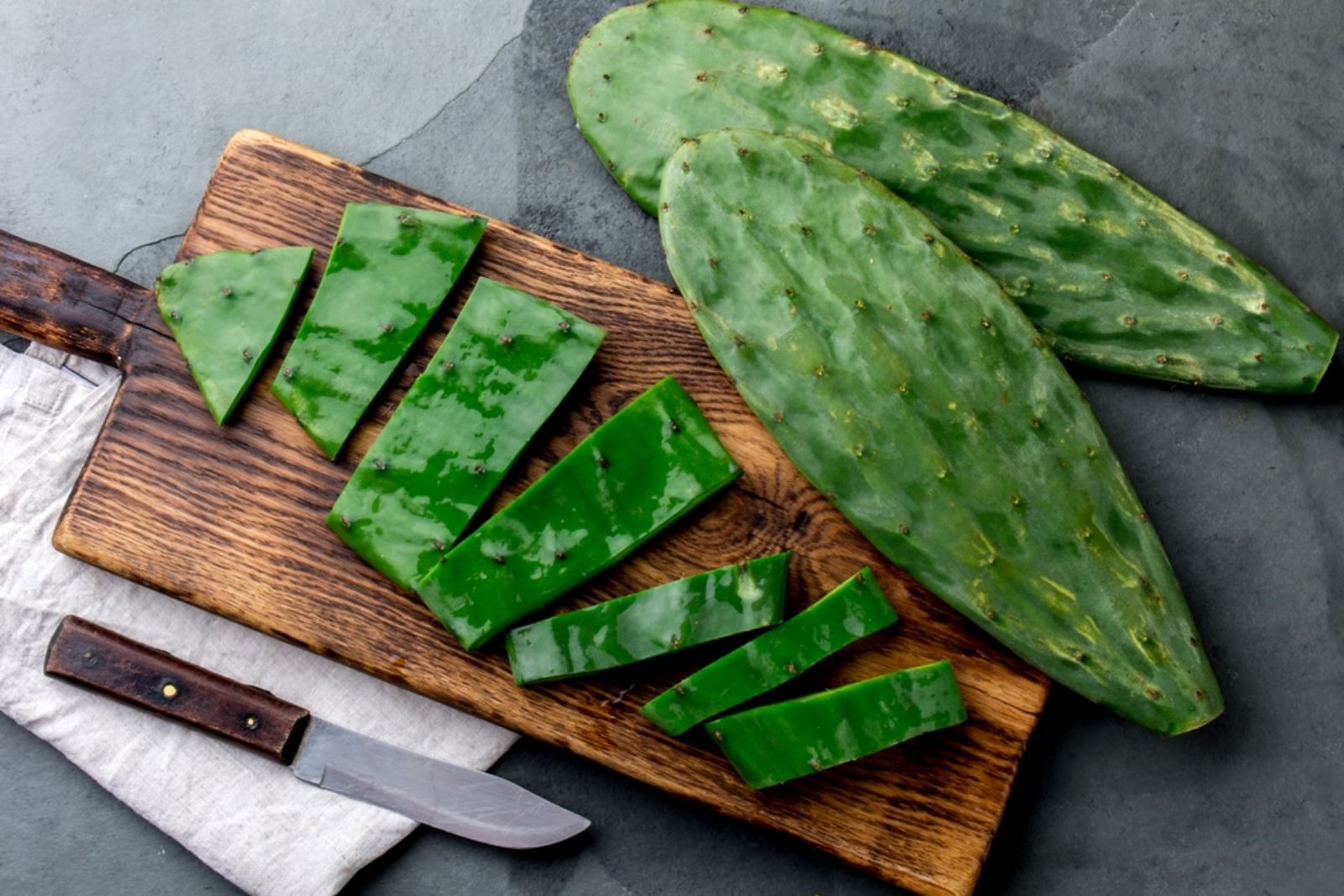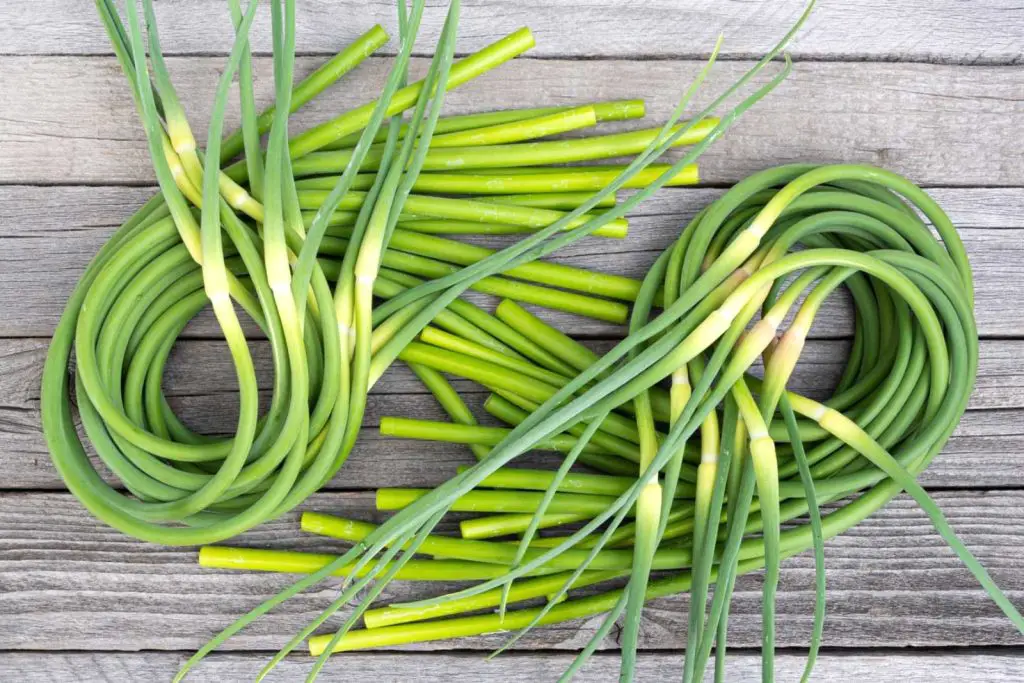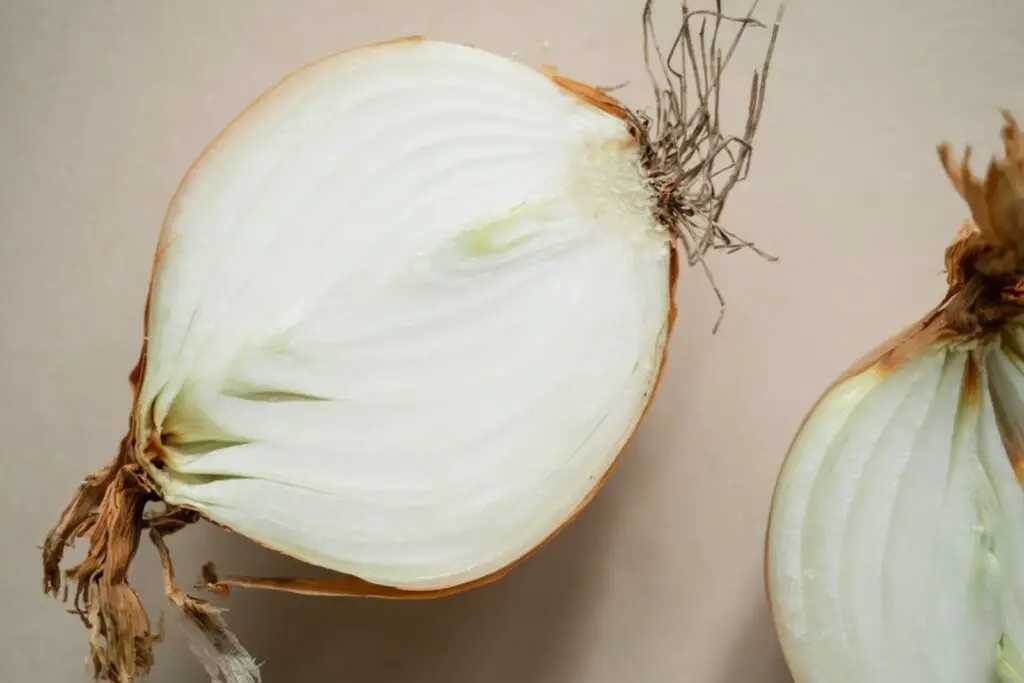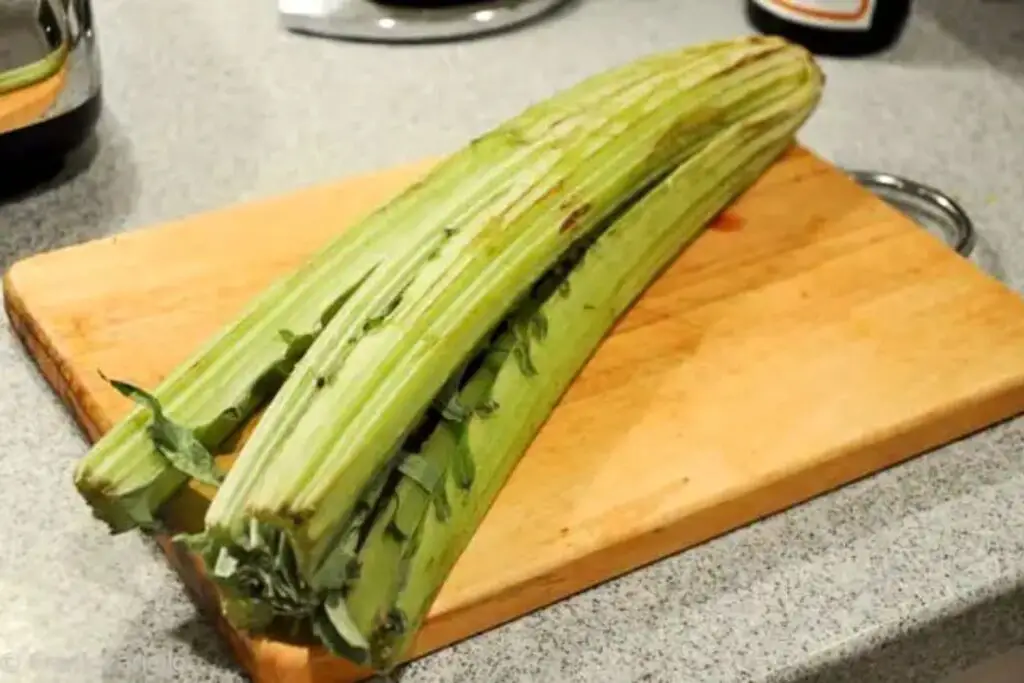
Nopales, also known as cactus paddles, are a popular ingredient in Mexican and Latin American cuisine. They are the thick, flat pads of the prickly pear cactus and are valued for their unique taste and texture. Freezing nopales is an excellent way to preserve their freshness and enjoy them throughout the year, even when they are out of season. With a few simple steps, you can freeze nopales while maintaining their desirable texture and flavor. This article will guide you through the process of freezing nopales, ensuring that they retain their optimal quality for future use.
Follow these steps to freeze nopales effectively:
Step 1: Select fresh nopales
To ensure the best results when freezing nopales, it’s important to start with fresh and high-quality pads. When selecting nopales, look for ones that are vibrant green in color, indicating their freshness. The pads should be firm to the touch and free from any soft spots or bruises. Avoid nopales that show signs of blemishes or discoloration, as these may indicate a decrease in quality or potential spoilage.
Fresh nopales not only taste better but also retain their texture and flavor after freezing. Choosing high-quality nopales from the beginning sets the foundation for a successful freezing process and ensures that you’ll be able to enjoy delicious nopales even when they are out of season. So take the time to carefully inspect and select the freshest nopales available for freezing.
Step 2: Clean and prepare the nopales
Before freezing nopales, it’s essential to clean and prepare them properly to ensure that they are free from any dirt, debris, or spines that could affect their taste or texture. Follow these steps to clean and prepare nopales for freezing:
- Wash under cold running water: Place the nopales under a gentle stream of cold running water. Use your hands to rub the pads gently, ensuring that all surfaces are cleaned. This step removes any dirt, dust, or other impurities that may be present.
- Trim off spines and prickly edges: Using a sharp knife, carefully trim off the spines and prickly edges of the nopales. Start at one end and cut along the edges, removing any thorns or spikes. It’s important to exercise caution during this step, as nopales can still have small, invisible spines that can cause irritation. Consider wearing gloves or using tongs to protect your hands while handling nopales.
Step 3: Blanch the nopales
Blanching nopales is a crucial step in the freezing process as it helps to preserve their color, texture, and flavor. Blanching involves briefly immersing the nopales in boiling water, followed by immediate cooling. Here’s why blanching is important and how to do it correctly:
- Preservation of color: Blanching nopales helps retain their vibrant green color. The quick exposure to boiling water helps to deactivate enzymes that can cause discoloration or dullness over time. This ensures that the nopales maintain their appealing appearance even after freezing.
- Texture retention: Blanching nopales helps to maintain their desirable texture. The brief cooking time in boiling water helps to soften them slightly while still preserving their firmness. This step prevents the nopales from becoming excessively tough or mushy when they are eventually thawed and cooked.
- Flavor preservation: Blanching nopales also helps to preserve their natural flavor. The short exposure to boiling water helps to lock in their taste, ensuring that they retain their characteristic flavor profile after freezing.
To blanch nopales correctly, follow these steps:
- Bring a large pot of water to a rolling boil. Make sure the pot is large enough to comfortably accommodate the nopales without overcrowding.
- Carefully add the nopales to the boiling water. If the nopales are large, you may need to cut them into smaller pieces to fit them into the pot easily.
- Allow the nopales to cook in the boiling water for 3 to 5 minutes, depending on their thickness. Thinner nopales may require less time, while thicker ones may need a bit more. It’s important to monitor them closely during this step to prevent overcooking, as nopales that are cooked for too long can become mushy.
- Once the blanching time is up, immediately remove the nopales from the boiling water and transfer them to an ice bath. The ice bath consists of a bowl or basin filled with ice and cold water. This rapid cooling process stops the cooking process and helps to preserve the texture and color of the nopales.
Can I freeze nopales without blanching them first?
Blanching nopales before freezing is recommended to preserve their color, texture, and flavor. It helps to inactivate enzymes and reduce the risk of nutrient loss. Blanching also helps maintain the nopales’ quality during storage and when they are eventually cooked or used in recipes.
Step 4: Cool and drain the nopales
After blanching the nopales, it’s important to cool them down promptly to halt the cooking process and preserve their bright green color and texture. Here’s why cooling and draining the nopales are crucial steps in the freezing process:
- Stop the cooking process: Transferring the blanched nopales to an ice bath helps rapidly lower their temperature. This quick cooling process halts the cooking process, preventing them from becoming overcooked or losing their desired texture. It also helps to preserve their vibrant green color.
- Preserve color and texture: Cooling the nopales in an ice bath helps maintain their bright green color. The contrast in temperature between the hot water and ice bath shocks the nopales, preserving their natural pigments and preventing them from dulling or discoloration. Additionally, the rapid cooling helps to retain their crispness and firmness, ensuring they do not become overly soft or mushy.
- Remove excess water: After cooling in the ice bath, draining the nopales thoroughly is important to remove any excess water. Excess moisture can lead to freezer burn or the formation of ice crystals, which can degrade the quality of the nopales during freezing. By draining them well, you minimize the risk of unwanted ice formation and maintain the integrity of the nopales’ texture.
To cool and drain the nopales effectively, follow these steps:
- Using a slotted spoon or tongs, carefully transfer the blanched nopales from the boiling water to an ice bath. Ensure that they are fully submerged in the ice-cold water.
- Allow the nopales to cool in the ice bath for a few minutes, typically 3 to 5 minutes. This duration may vary depending on the thickness of the nopales.
- Once cooled, remove the nopales from the ice bath and place them on a clean, dry surface or a colander to drain. Let them sit for a few minutes, allowing any excess water to drip off.
Step 5: Arrange the nopales for freezing
Once the nopales have been drained, it’s important to arrange them properly on a baking sheet or tray before freezing. This step ensures that the nopales freeze individually without sticking together, making it easier to retrieve individual pieces when needed. Here’s why arranging nopales for freezing is important and how to do it correctly:
- Prevent sticking together: Nopales have a tendency to stick together when frozen, especially if they come into contact with each other during the freezing process. By arranging them on a baking sheet or tray in a single layer and ensuring they are not touching each other, you minimize the risk of them sticking together. This allows you to easily separate and remove individual pieces without any hassle later on.
- Easy portioning: Freezing the nopales in a single layer on a baking sheet or tray allows for easier portioning. Once the nopales are individually frozen, you can transfer them to storage containers or bags in desired quantities without having to thaw and refreeze the entire batch. This way, you can conveniently access the amount of nopales you need for a particular recipe or serving.
To arrange the nopales for freezing, follow these steps:
- Line a baking sheet or tray with parchment paper. This prevents the nopales from sticking to the surface and makes it easier to remove them later.
- Lay the drained nopales on the lined baking sheet or tray, ensuring they are arranged in a single layer. Make sure that no two nopales are touching each other.
- If you have a large quantity of nopales, you may need to use multiple baking sheets or trays to accommodate them all. It’s important to maintain a single layer and proper spacing between the nopales on each sheet or tray.
Step 6: Flash-freeze the nopales
Flash-freezing nopales is an essential step to preserve their individual shape and prevent them from clumping together during the freezing process. Flash freezing refers to quickly freezing the nopales at a very low temperature. Here’s why flash-freezing nopales is important and how to do it correctly:
- Maintain individual shape: Flash freezing nopales ensures that each pad freezes individually, maintaining its shape and integrity. By freezing them rapidly, the water inside the nopales forms small ice crystals, minimizing damage to the cellular structure and preserving their texture. This results in nopales that retain their firmness and visual appeal after thawing.
- Prevent clumping together: Flash freezing nopales prevents them from sticking or clumping together during the freezing process. When nopales freeze slowly or come into contact with each other while freezing, they are more likely to stick together, making it difficult to separate and use individual pieces later on. Flash freezing allows each nopale to freeze independently, avoiding unwanted clumping.
To flash-freeze the nopales correctly, follow these steps:
- Place the arranged nopales on the baking sheet or tray in the freezer. Ensure that the nopales are still in a single layer and not touching each other.
- Allow the nopales to freeze for approximately 1 to 2 hours, or until they are firm to the touch. The exact freezing time may vary depending on the thickness of the nopales and the temperature of your freezer. It’s important to monitor them closely to avoid over-freezing.
- Once the nopales are firm, remove the tray from the freezer. At this stage, the nopales should be individually frozen and not sticking together.
Step 7: Package and seal the nopales
After flash-freezing the nopales, it’s important to package them properly to maintain their quality during storage in the freezer. Packaging and sealing the nopales in freezer-safe containers or bags help protect them from freezer burn and maintain their texture and flavor. Here’s why packaging and sealing nopales correctly is crucial and how to do it:
- Prevent freezer burn: Freezer burn occurs when the nopales are exposed to air and moisture in the freezer. It leads to the formation of ice crystals on the surface of the nopales, resulting in dry, discolored patches and a loss of flavor and texture. Proper packaging and sealing help to minimize air and moisture contact, reducing the risk of freezer burn and preserving the quality of the nopales.
- Maintain texture and flavor: Packaging the nopales tightly and removing excess air helps to maintain their texture and flavor. The airtight environment created by proper sealing prevents moisture loss and protects the nopales from becoming mushy or developing off-flavors due to exposure to air.
To package and seal the nopales correctly, follow these steps:
- Transfer the flash-frozen nopales into freezer-safe plastic bags or airtight containers. Choose containers or bags specifically designed for freezer storage to ensure optimal results.
- Arrange the nopales in a single layer within the bags or containers. If using bags, ensure they are free of any excess air before sealing. If using containers, leave some headspace to account for any expansion during freezing.
- Seal the bags tightly or close the containers securely to create an airtight seal. Make sure there are no gaps or openings that could allow air or moisture to enter.
- For added protection, you can double-bag the nopales or use vacuum-sealed bags to further reduce air exposure and maintain their quality.
Step 8: Label and date the packages
Labeling and dating the packages of frozen nopales is an essential step to keep track of their freshness and usage order in the freezer. By clearly identifying the contents and the date of freezing, you ensure that you can easily identify and use the oldest nopales first, maintaining a proper rotation system. Here’s why labeling and dating the packages is important and how to do it effectively:
- Track freshness: As time passes, it can be challenging to remember when the nopales were frozen. By labeling each package with the date of freezing, you have a clear reference point for their freshness. This information helps you prioritize the use of older nopales, ensuring that you consume them before their quality deteriorates over a longer storage period.
- Maintain usage order: Labeling the packages allows you to establish a rotation system for the nopales in the freezer. By using the oldest nopales first, you avoid potential waste and ensure that none of the packages remain in storage for an extended period. This practice promotes efficiency and maximizes the enjoyment of the nopales while they are still at their best quality.
To label and date the packages effectively, follow these steps:
- Using a marker or adhesive labels, clearly write the contents (“nopales”) on each package. This ensures that you can easily identify them amidst other frozen items in the freezer.
- Below the contents, write the date of freezing. Include the day, month, and year. For example, “Frozen: DD/MM/YYYY.” This information establishes a reference point for tracking the freshness of the nopales.
- Place the label or write directly on a visible part of the package, ensuring that the information is clear and legible.
- If you have multiple packages, repeat the labeling process for each one, ensuring that each package is clearly identified with its contents and freezing date.
Step 9: Store in the freezer
Once the packages of nopales are labeled and sealed, it’s important to store them properly in the freezer to maintain their quality and longevity. By following the correct storage practices, you ensure that the nopales remain in optimal condition until you’re ready to use them. Here’s why storing the sealed packages of nopales in the freezer is important and how to do it effectively:
- Maintain quality: The freezer provides a controlled and cold environment that helps preserve the quality of the nopales. By storing them in the freezer, you slow down the natural degradation process, preserving their texture, flavor, and nutritional value for an extended period.
- Prevent leakage: Ensuring that the sealed packages of nopales are stored in an upright position helps prevent any potential leakage. When frozen, liquids can expand, and storing the packages upright minimizes the risk of the contents spilling out or affecting the integrity of neighboring items in the freezer.
- Optimal temperature: To maintain the quality and safety of the nopales, it’s recommended to store them in the coldest part of the freezer. The back or bottom shelf of the freezer tends to be the coldest area, providing a consistently low temperature that helps keep the nopales frozen and prevents temperature fluctuations.
To store the sealed packages of nopales in the freezer effectively, follow these steps:
- Find a suitable spot in the freezer for the nopales. Ideally, choose the coldest part of the freezer, such as the back or bottom shelf.
- Place the sealed packages of nopales in an upright position to prevent any potential leakage. Make sure they are stable and won’t tip over or get squished by other items.
- If you have multiple packages, organize them neatly to maximize space and ensure easy access to each package when needed.
- Close the freezer door securely to maintain a consistent and cold temperature.
How long can nopales last in the freezer?
Nopales can last in the freezer for up to 8 to 12 months when stored properly. Freezing helps to maintain their quality, texture, and flavor during this time. It’s important to package them in airtight containers or freezer-safe bags, label them with the freezing date, and store them at a constant temperature of 0°F (-18°C) or below for optimal shelf life.
Other related questions
How do I defrost nopales?
To defrost nopales, follow these steps:
- Remove from the freezer: Take the desired amount of frozen nopales from the freezer. If they are stored in individual packages, remove the package you intend to thaw.
- Choose the thawing method: There are a few different methods you can use to defrost nopales:
- Refrigerator thawing: Place the frozen nopales in a covered container or a resealable bag and transfer them to the refrigerator. Allow them to thaw slowly and evenly in the refrigerator overnight or for several hours. This method is ideal for maintaining the texture and quality of the nopales.
- Cold water thawing: If you need to thaw the nopales quickly, you can use the cold water thawing method. Place the frozen nopales in a leak-proof plastic bag and submerge it in a bowl or basin filled with cold water. Change the water every 30 minutes to ensure it stays cold. The nopales should thaw within 1-2 hours, depending on their size and thickness.
- Microwave thawing: If you’re in a hurry, you can use the microwave to defrost the nopales. Use the defrost setting or low power setting on your microwave and follow the manufacturer’s instructions. Microwave thawing may result in slightly softer nopales, so it’s recommended to use them immediately after thawing.
- Check for thawing: After the designated time, check the nopales to see if they are fully thawed. They should be pliable and no longer frozen in the center.
- Drain excess moisture: Once the nopales are thawed, you may notice some moisture or liquid. Drain any excess moisture by gently patting them dry with a clean kitchen towel or paper towels.
Can I refreeze nopales?
It is generally not recommended to refreeze nopales once they have been thawed. Refreezing can affect their texture, quality, and potentially compromise their safety. It is best to use the thawed nopales promptly and avoid refreezing to maintain their freshness and minimize the risk of foodborne illnesses.
How do I know if the nopales have gone bad after being frozen?
After being frozen, if nopales develop an off smell, unusual texture, or show signs of discoloration or freezer burn, they may have gone bad. Discard nopales that have a slimy or mushy texture, appear excessively dry or discolored, or have an unpleasant odor. It’s important to trust your senses and prioritize food safety when assessing the quality of frozen nopales.
Can I freeze nopales that have already been cooked?
Yes, you can freeze cooked nopales. However, it’s important to cool them completely before freezing to prevent the growth of bacteria. Cooked nopales may have a slightly different texture after freezing and thawing, so consider their intended use when deciding whether to freeze them cooked or uncooked.
What are some ways to use frozen nopales?
Frozen nopales can be used in a variety of dishes such as soups, stews, stir-fries, salads, or even as a side dish. They can be added directly to the cooking process without thawing, making them convenient for quick and easy meals. Experiment with different recipes and enjoy the unique flavor and texture of nopales in your culinary creations.
Can I freeze nopales that have been marinated or seasoned?
It is generally recommended to freeze nopales in their natural state without any added marinades or seasonings. Freezing them plain allows for more versatility in using them in various recipes later on.
Can I freeze nopales that have been cut into smaller pieces?
Yes, you can freeze nopales that have been cut into smaller pieces. It’s important to ensure that the pieces are properly blanched, drained, and sealed in appropriate containers or bags to maintain their quality and prevent freezer burn.
Are frozen nopales as nutritious as fresh ones?
While freezing can slightly affect the texture of nopales, their nutritional value remains relatively intact. Freezing helps to preserve the essential nutrients, vitamins, and minerals present in nopales, making them a nutritious choice even after being frozen.
Can I freeze nopales from a store-bought package?
If you have purchased nopales that are specifically labeled as suitable for freezing, you can follow the same freezing process mentioned in the article. However, it’s always advisable to check the packaging or consult the manufacturer’s instructions for any specific guidelines related to freezing their product.
Can I freeze nopales that have been pickled?
While nopales can be pickled, the freezing process may affect the texture and flavor of the pickled nopales. It is generally recommended to freeze nopales in their raw or blanched state for best results. If you want to preserve pickled nopales, it’s advisable to consult specific pickling recipes that are designed for freezer storage.








